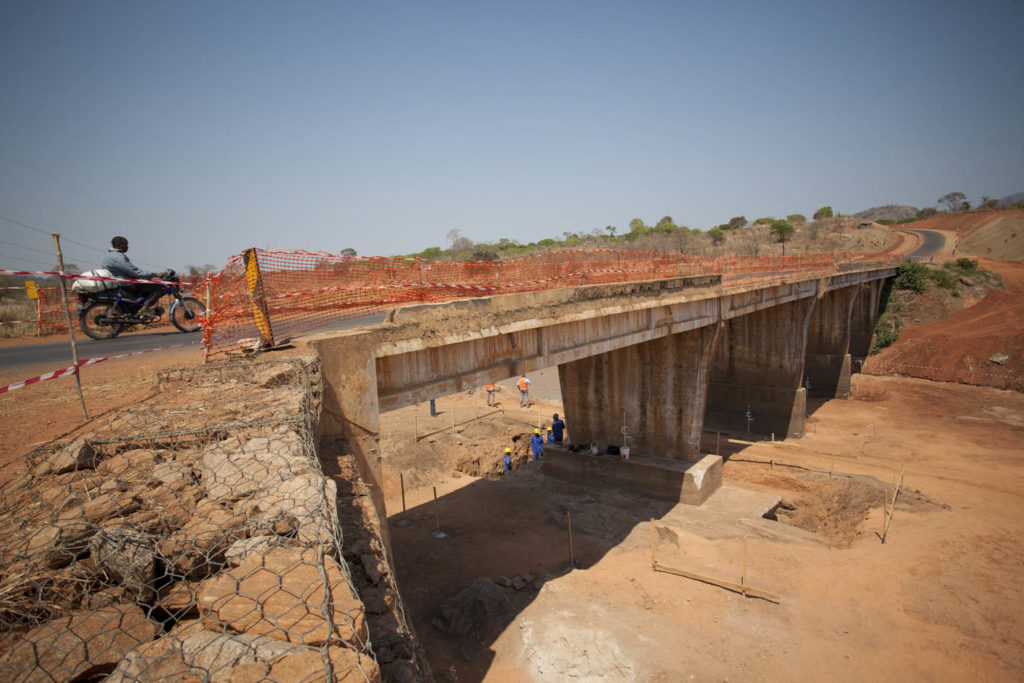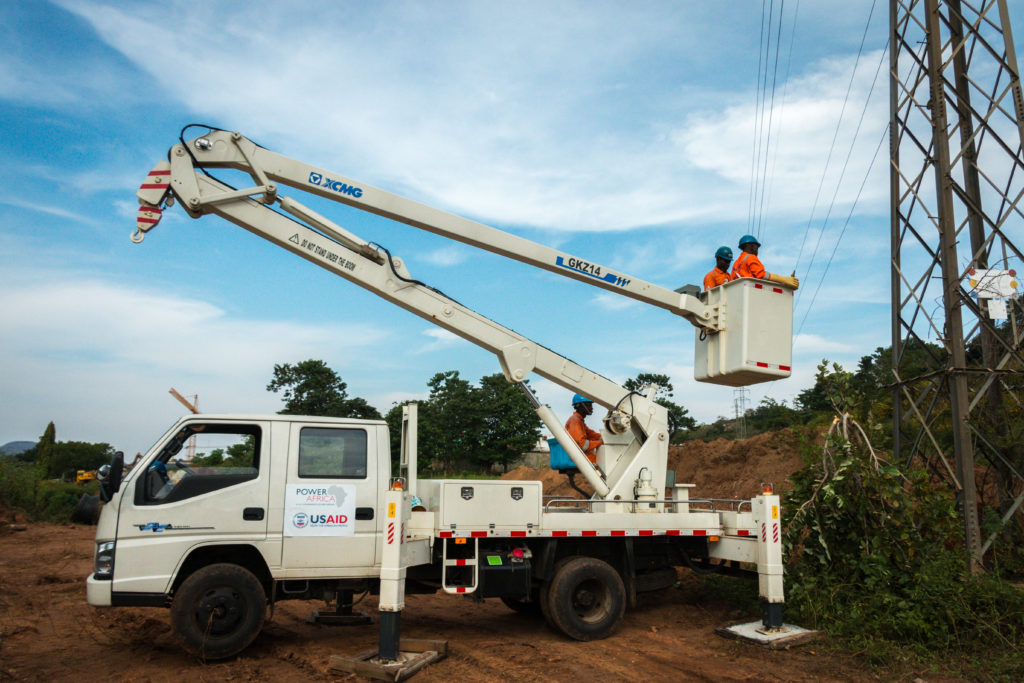

As Congress negotiates a bipartisan domestic infrastructure package, the Administration set its sights on the global infrastructure challenge at the G-7 meetings in June. Infrastructure—from roads to schools— forms the connective building blocks of a sustainable economy, and infrastructure needs are especially high in low and lower-middle income countries.
Investments in infrastructure are vital to promoting economic growth and meeting the 2030 Sustainable Development Goals such as providing universal access to water and electricity. However, total infrastructure needs in the developing world will exceed $40 trillion by 2035, exacerbated by challenges from COVID-19 to climate change, and there remains a significant gap in financing to meet these needs.
The United States recently announced the Build Back Better World Initiative (B3W) to help meet this challenge and address infrastructure needs in the developing world. B3W will be led by the G7 in partnership with multilateral institutions and private sector companies, and will focus on catalyzing “hundreds of billions” in investments in climate, health, digital technology, and gender equality.
While many details of the initiative are still being determined, B3W will focus on two complementary tracks of investment – one centered on mobilizing private sector finance, and the other providing grants and concessional loans through U.S. development agencies. Deputy National Security Advisor for International Economics Daleep Singh recently emphasized that the initiative’s success will rely heavily on U.S. development personnel serving abroad, who “understand the binding constraints to the development impact we’re looking for” and can help to create a “repeatable process for developing a pipeline of bankable projects.”
B3W could also provide a unified platform for America and its allies to offer an alternative model to China’s Belt and Road Initiative (BRI). Deputy National Security Advisor Singh stressed that the initiative’s goal is not to create an anti-China coalition but that the BRI shouldn’t be “the only game in town.” Instead, it should “rally countries around a positive agenda that projects our shared values” including environmental, social, and fiscal transparency, strong climate considerations, and working in close partnership with local communities.
Along the north-south N1 Highway, the MCC helped improve and expand a bridge—which crosses the Meluli River in Mozambique’s Nampula province—to increase access to markets and reduce transportation costs, all with the ultimate goal of creating economic growth.
Photo credit: Jake Lyell for MCC

America’s development agencies, including the U.S. Agency for International Development (USAID), the U.S. International Development Finance Corporation (DFC), and the Millennium Challenge Corporation (MCC), have played leading roles in global infrastructure projects for decades—from electrifying Africa to strengthening global health systems. The model of crowding in private sector finance has a strong track record of creating a significant development impact abroad while also providing new opportunities for American companies and creating jobs at home.
At the same time, the Administration plans to work with Congress to assess where the U.S. development finance toolkit may need to be augmented to strengthen the impact of B3W investments. Bipartisan Members of Congress have been highly supportive of efforts to strengthen development finance in the past, most notably through the bipartisan BUILD Act which created the DFC, signed into law by President Trump in 2018. House Foreign Affairs Committee Chairman Gregory Meeks (D-NY) has already expressed strong support for B3W, while also calling for high transparency and sustainability at the outset.
Another area of reform to address is the often-slow pace at which infrastructure development projects move. Robert Mosbacher and George Ingram, for example, suggest that establishing a common set of contracts and metrics for monitoring and evaluation with multilateral partners will be necessary for the U.S. development finance portfolio to reach its full potential.
Through Power Africa, USAID supported four Nigerian distribution companies to reduce energy losses and increase revenue by more than $160 million in two years.
Photo: Ryan Kilpatrick for Power Africa

Investments in global infrastructure now are worth trillions in savings in the long run. Closing the global infrastructure gap can help create more prosperous trading partners, advance sustainable development, and build more resilient societies better able to respond to future crises.
For example, promoting stronger health systems improves a community’s capacity to deal with infectious disease threats and is critical to combating pandemics at their source. Similarly, the World Bank found that small and incremental investments in climate-resilient infrastructure could lead to savings of $4.2 trillion over the lifetime of the infrastructure.
USGLC’s 2021 Report on Reports also found consensus across the political spectrum on leveraging U.S. development finance tools to support infrastructure overseas and counter Chinese global economic influence. Think tanks in support of global infrastructure investments range from the Heritage Foundation to CSIS, with some reports even directly recommending the creation of a multilateral infrastructure mechanism akin to B3W.
The COVID-19 pandemic has led to severe disruptions on infrastructure around the world, and underscores the urgency of addressing this challenge to advance global prosperity alongside our national interests. As the Administration and Congress work to turn this initiative into a reality it will be critical that U.S. development agencies have the resources and tools needed to support these ambitious goals.
Notifications